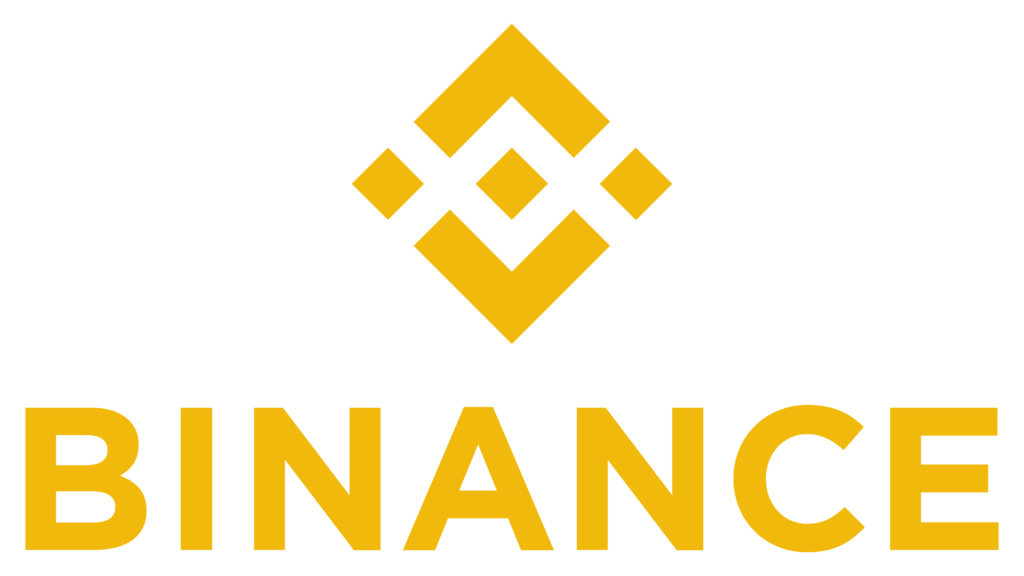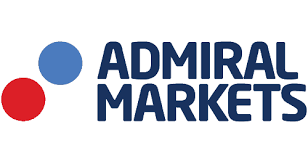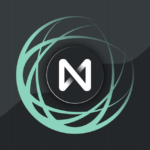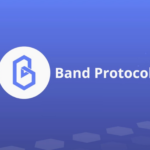Near Protocol is an open-source platform that enables the development of decentralized applications (dApps) and smart contracts. It aims to offer high performance, scalability, and low transaction costs to cater to the needs of developers and users alike. In this article, we will explore Near Protocol, its definitive features, compare it with alternatives, and address some frequently asked questions surrounding its usage.

Definitive Features of Near Protocol:
1. Scalability: Near Protocol leverages sharding, a technique that allows for parallel transaction processing in multiple shards. This approach ensures high throughput and scalability, making it suitable for large-scale decentralized applications.
2. Low Transaction Costs: Near Protocol adopts a novel mechanism called Nightshade, which significantly reduces transaction costs. By grouping multiple transactions together, it minimizes the data that validators need to process, lowering the overall cost per transaction.
3. Developer-Friendly: Near Protocol provides a developer-focused environment that simplifies the creation of dApps. It offers a range of software development kits (SDKs) in popular programming languages, including Rust, AssemblyScript, and TypeScript, allowing developers to work with familiar tools and frameworks.
4. User-Friendly Experience: Near Protocol focuses on delivering a seamless experience for users. With a smooth onboarding process and familiar interfaces, it aims to attract mainstream adoption. Additionally, it offers reusable identity solutions, allowing users to access multiple dApps through a single account.
Comparing Near Protocol to Alternatives
| Features | Near Protocol | Ethereum | Polkadot |
|---|---|---|---|
| Smart Contract Language | AssemblyScript and Rust | Solidity and Vyper | Ink! (Rust), Solidity, and others via parachains |
| Consensus Algorithm | Nightshade (PoS variant) | Ethash (PoW), transitioning to Eth 2.0 (PoS) | Nominated Proof of Stake |
| Scalability | Uses sharding for horizontal scalability | Layer 2 solutions, sharding after Eth 2.0 upgrade | High scalability through heterogeneous sharding (parachains) |
| Interoperability | Limited, though can connect with Ethereum through the Rainbow Bridge | Limited, depends on bridges and Layer 2 solutions | Built for interoperability, connects with various blockchains through bridges |
| Transaction Speed | High (potentially 100,000 TPS) | Lower (15-45 TPS), expected to increase with Eth 2.0 | High, depends on the number of parachains |
| Governance | NEAR token holders, council | Ethereum Improvement Proposals (EIPs), miners, ETH holders | DOT holders, council, referenda |
| Use Cases | Decentralized apps (dApps), DeFi, gaming, identity | dApps, DeFi, ICOs, NFTs | dApps, cross-chain transfers, shared security model |
FAQs:
How does Near Protocol ensure high throughput?
Near Protocol adopts sharding, a technique that allows for parallel transaction processing across multiple shards. By dividing the network into shards, each can process transactions independently, leading to higher throughput and scalability.
Can I develop dApps on Near Protocol using my preferred programming language?
Near Protocol provides extensive SDK support, including Rust, AssemblyScript, and TypeScript. This ensures developers can work with their preferred programming language, facilitating ease of development.
Does Near Protocol support interoperability with other blockchains?
Near Protocol is actively working on the Rainbow Bridge, a bridge that aims to enable interoperability between Near Protocol and Ethereum. This will allow assets to be transferred between the two networks seamlessly.
Conclusion:
Near Protocol stands out as a promising platform for developers looking to build decentralized applications due to its notable features such as scalability, low transaction costs, and developer-friendly ecosystem. Compared to alternatives, Near Protocol demonstrates high scalability, low transaction costs, and extensive developer support. Furthermore, its focus on user experience and seamless onboarding makes it well-suited for mainstream adoption. With the upcoming Rainbow Bridge, Near Protocol is also actively working towards achieving interoperability with Ethereum, adding another layer of versatility to the platform. As the blockchain ecosystem continues to evolve, Near Protocol’s innovative approach offers a compelling option for developers and users alike.







